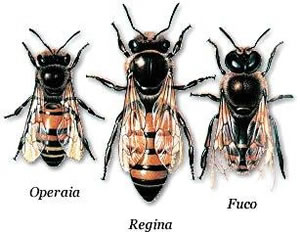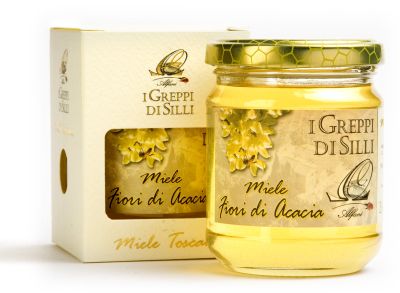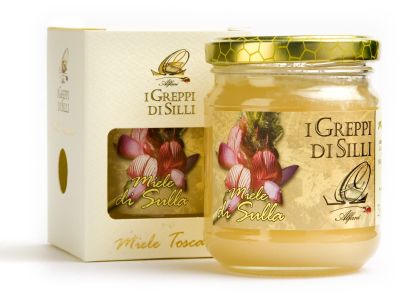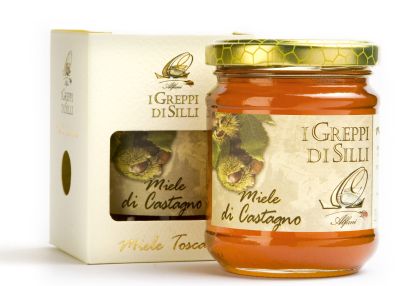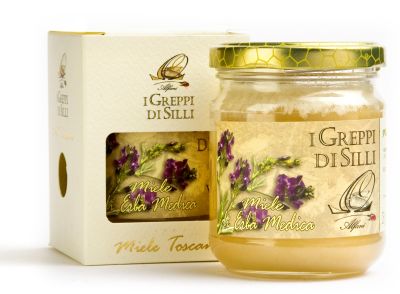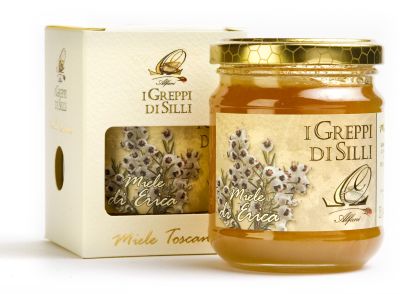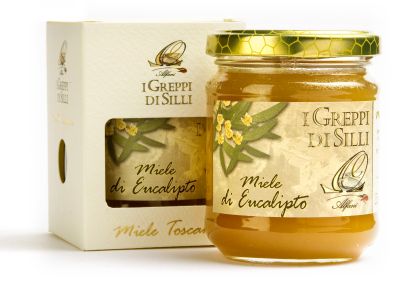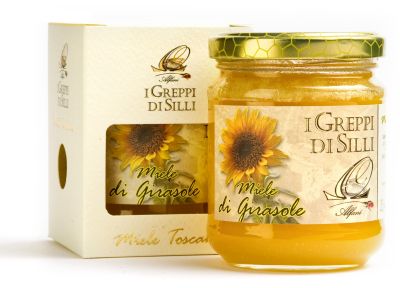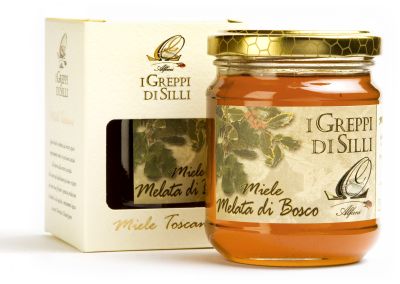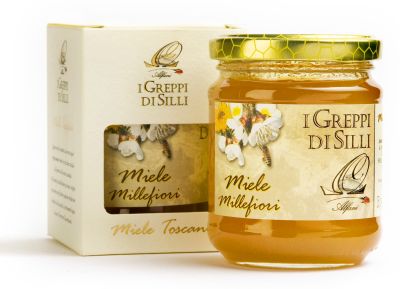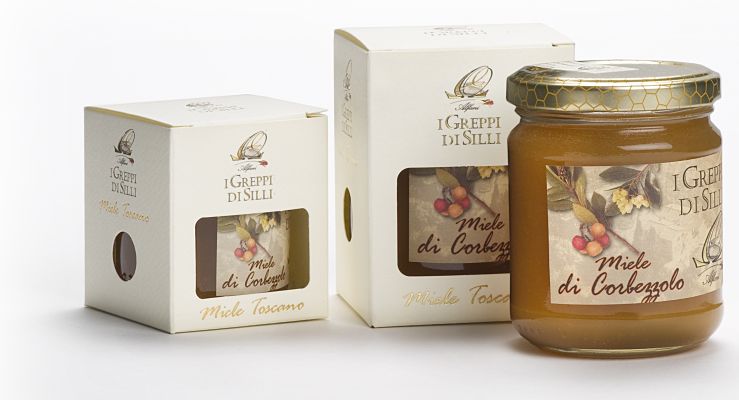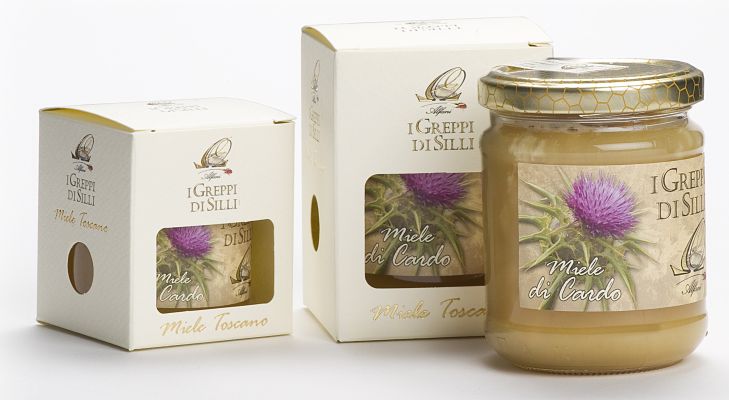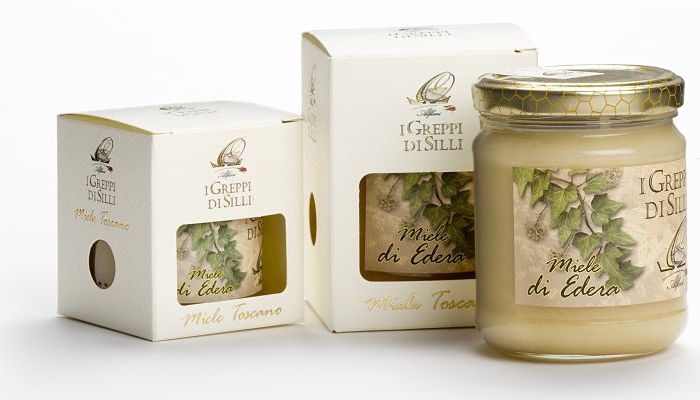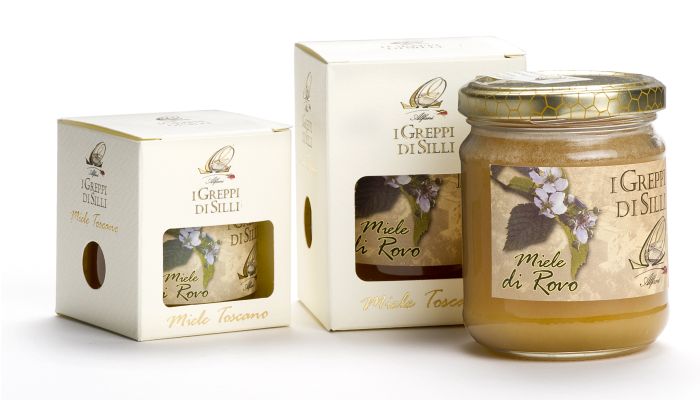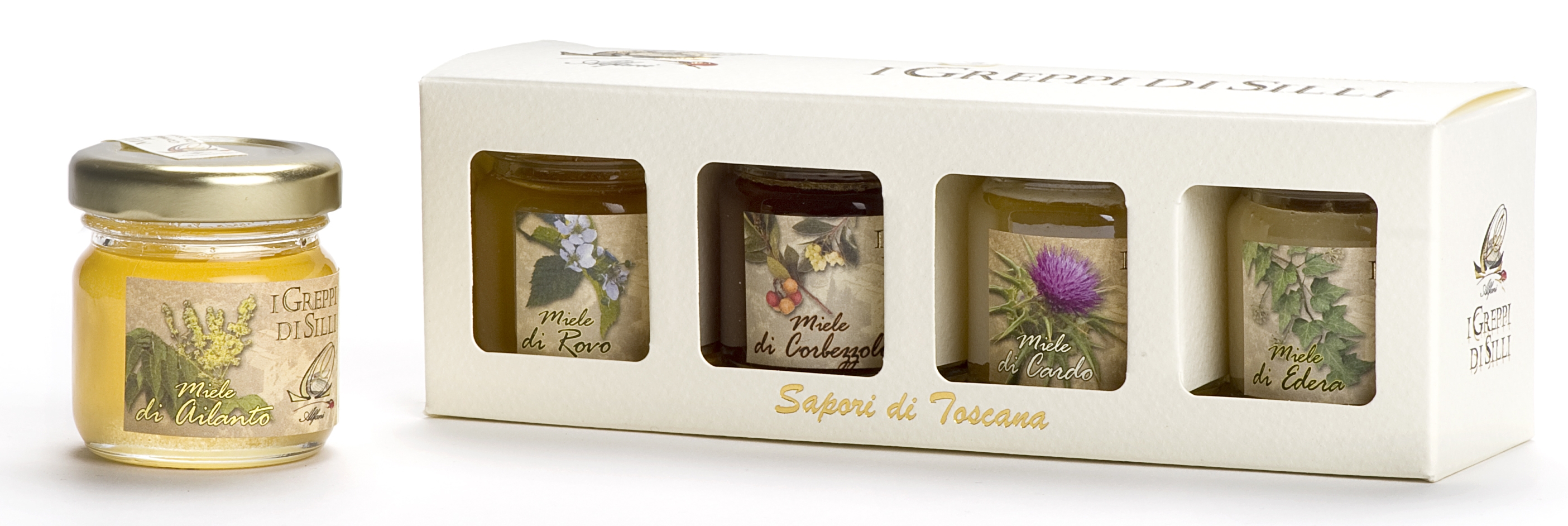
In our farm beehives have always adorned our fields and newly harvested honey has always smacked children’s and adults’ lips. Bee breeding is incredibly enchanting; getting near to this small but tireless and very organized world you can easily remain enchanted. This is the reason for which from father to son this tradition until now continues, with its techniques and small secrets. People who, like us, live in the countryside every day, fully understand the fundamental role that bees perform in the pollination of plants. They contribute to maintaining our Earth beautiful and varied
Life for these noble insects is possible only in an uncontaminated and healthy environment, without the use of fertilisers and chemical parasiticides. For us, farmers devoted to bee breeding, this means growing up in consciousness. This is fundamental for maintaining natural biodiversity in the surrounding countryside and therefore we cannot destroy what that Nature has given us with intense and immoderate exploitation.
Thanks to an uncontaminated and clean environment, using a technique of breeding and honey harvesting which may be considered responsible, today we obtain two kinds of honey, the "Thousand Flowers" and the "Unifloral". Furthermore, they have a great estimated value. The elegance of the paper packaging allows us to defend the product from light and in this way conserves its optimal property, offering you good honey as if it was newly harvested.Honey is excellent in all sweets preparation as a substitute of sugar: It tends to sweeten less than this last ingredient maintaining softness and freshness for longer. These sweets will always be characterized by a light fragrance according to the honey that you have used. "Acacia", "Sulla", "Blackberry Bush" and "Medical Herbs" honeys are the most delicate."Sunflower", "Erica", "Eucalyptus" and "Thousand Flowers" are honeys which have more intense fragrances, that will characterize your preparation much more.Another ancient pair of great success, but valid even now, is that with cheese. Below you can find the descriptions of the different kinds of honey that we produce and some suggestions.Honey is called "Unifloral" when it is prevalently made of nectar which comes from one particular flower. In fact, bees also visit secondary flowers, which uniquely characterize the way in which "Unifloral" honey is produced in each area. Every "Unifloral" honey is distinguishable thanks to colour, granulometry and obviously the organoleptic characteristics.
